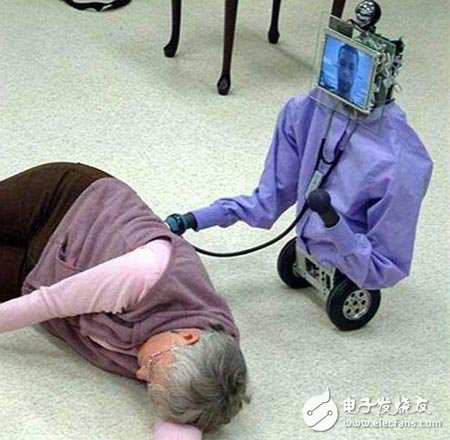Speaking of medical breakthroughs, people often think of what new drugs or new treatments have been developed; when it comes to changing the medical system, everyone will think of changes in laws and regulations. However, these ideas are outdated, and the next impact on human medicine will be the methods of acquiring, processing, and applying data.
Driving this round of change are large technology companies, entrepreneurs from Silicon Valley, well-known medical institutions, and people in academia. They believe that through the development of a series of innovative software and hardware, the existing medical system will be completely subverted-maintaining health will become easier, and people will be better treated when they are sick, and the entire social economy will also be So a huge change has taken place.

In the future, the application of data in medicine will become a "destructive" force. In Silicon Valley, investors and engineers often discuss the possibility of replacing doctors with machines for diagnosis and surgery. They don't think this bold idea is more impractical than driverless cars. In fact, driverless cars have already been tested in California.
Due to the complexity of medicine, information technology has not had a substantial impact on it for a long time, but this situation may change soon.
Watson, IBM's supercomputer, is studying cancer treatment in some US medical institutions. Watson ’s R & D staff said that it will change the rules of the game, because in reality, doctors will inevitably have misdiagnosis, and the reason for the misdiagnosis is that the doctor relies too much on his own experience and single information. In many cases, the doctor may hear the patient ’s description. A diagnosis will be made after two or three symptoms, so it is likely that other important information will be missed, resulting in a deviation in judgment, and Watson will never make such a mistake.
Although the use of robots to see a doctor still has a long way to go, nowadays, thanks to the rise of smartphones, it has become possible to collect personal health information more frequently. Some startups are developing various peripherals to help collect these personal health data. When the data accumulates to a certain degree, innovative applications will also follow, and a company in San Francisco has developed a program that can use the data to provide early warning of the patient's morbidity. It is foreseeable that a huge change in the entire medical system is coming.
Compared with traditional engineering and business education projectors, home projectors are more compact, practical and entertaining, and projection technology is more suitable for home life and entertainment scenes
Features
1. Large screen: The size of traditional LCD TVs is mostly between 40-70 inches, while home projectors can easily project 100-150 inches of screen content.
2. Diverse uses: Home projectors are mostly equipped with intelligent systems, which contain a large number of film sources. In addition, the projector can also be connected to different devices through different interfaces, such as game consoles, computers, U disks, etc. Only one machine can realize online drama, listening to songs, games, office and other functions
3. Diffuse reflection eye protection: The home projector uses the principle of diffuse reflection to form images, which is less harmful to the eyes than the LCD screen.
4. Convenient to move: The home projector is compact, light in weight, flexible in movement, and used in a variety of scenarios
Home Projectors,Production Projector,Home Theater Projectors,Bluetoth Battery Projector
Shenzhen Happybate Trading Co.,LTD , https://www.happybateprojector.com
